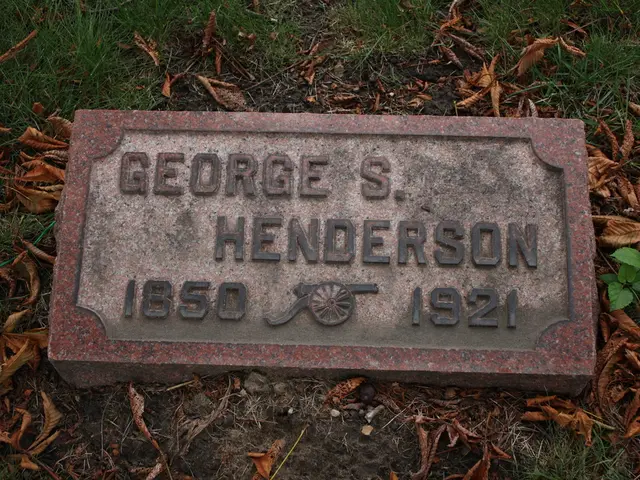Medical Professionals Successfully Revive Non-functional Hearts, Demonstrated through One Infant's Miraculous Recovery
In a groundbreaking development, two new heart reanimation and preservation techniques - Rapid Recovery with Extended Ultra-Oxygenated Preservation (REUP) and On-Table Heart Reanimation - are transforming the landscape of organ donation and transplantation. These innovative methods, developed by researchers at Vanderbilt University Medical Center and Duke University respectively, are set to increase the donor heart pool, particularly for children, and potentially save numerous lives worldwide.
The REUP method, pioneered by Vanderbilt University Medical Center, involves flushing the donor heart with a cold oxygenated preservation solution immediately after death. This process preserves the heart without reanimating it inside the donor’s body, sidestepping a major ethical issue and offering a practical, affordable, and ethically cleaner way to bring more donor hearts into the transplant pool, particularly for infants and children.
Meanwhile, the Duke University team has developed a method to bring an infant's heart back to life using a special circuit. Known as on-table heart reanimation, this technique uses a custom heart-lung machine (extracorporeal membrane oxygenation, ECMO) to reanimate and assess hearts outside the donor body on the operating table. This allows surgeons to "wake up" the heart, evaluate its function, and select viable hearts that might otherwise be discarded. The technique notably enabled a successful transplant in a 3-month-old infant and could increase pediatric heart transplants by up to 20% or more, addressing the critical shortage of available organs for children.
These new techniques, by reducing dependence on expensive machines or controversial procedures like normothermic regional perfusion (NRP), offer simpler preservation with comparable patient outcomes. They allow hearts to be recovered and assessed for viability outside the donor's body, overcoming ethical, logistical, and cost barriers associated with previous techniques.
Researchers hope to scale up both the REUP and Duke’s on-table reanimation methods and test them in broader settings. The Vanderbilt team has already successfully transplanted three hearts preserved using the REUP method, with no signs of organ rejection six months after surgery. However, more data and longer-term follow-up are needed to confirm the safety and effectiveness of the new procedures.
If successful, these novel medical procedures could help narrow the organ shortage gap and save many lives each year. They could potentially allow up to 100 more pediatric transplants each year in the US, reducing waitlist mortality, especially among children where about 10-20% die waiting for transplants each year.
While the Duke method works well for infants, it has yet to be adapted for adult hearts. The REUP method, on the other hand, offers a promising avenue for expanding transplant availability, particularly from donors after circulatory death (DCD). However, in the REUP method, doctors must trust that the preservation worked, which could be riskier for older donors or in cases with longer waiting times.
In conclusion, these new organ recovery and reanimation techniques are set to revolutionise the field of transplantation by enabling the safe, ethical, and cost-effective use of hearts from donors after circulatory death. They transform previously unusable hearts into viable transplants, potentially saving many more lives worldwide. For more information, you can read the studies on the REUP method and Duke’s on-table reanimation here and here.
- The REUP method, developed by researchers at Vanderbilt University Medical Center, could potentially increase the number of available organs for children, contributing to the field of health and wellness.
- The innovative On-Table Heart Reanimation technique, developed by Duke University researchers, utilizes technology to reanimate and assess hearts outside the donor body, revolutionizing therapies and treatments in the medical-conditions sector.
- Science and research have led to the development of two groundbreaking techniques – REUP and On-Table Heart Reanimation – that could significantly impact the future of health, particularly in managing heart-related medical-conditions.
- These new techniques in organ donation and transplantation, such as rapid recovery with extended ultra-oxygenated preservation (REUP) and on-table heart reanimation, are ethically cleaner and offer affordable solutions for various health-and-wellness issues.
- By furthering research and testing these methods in broader settings, scientists aim to broaden the scope of available treatments and therapies, potentially saving lives and narrowing the gap in the future shortage of organs for medical-conditions like heart disease.




